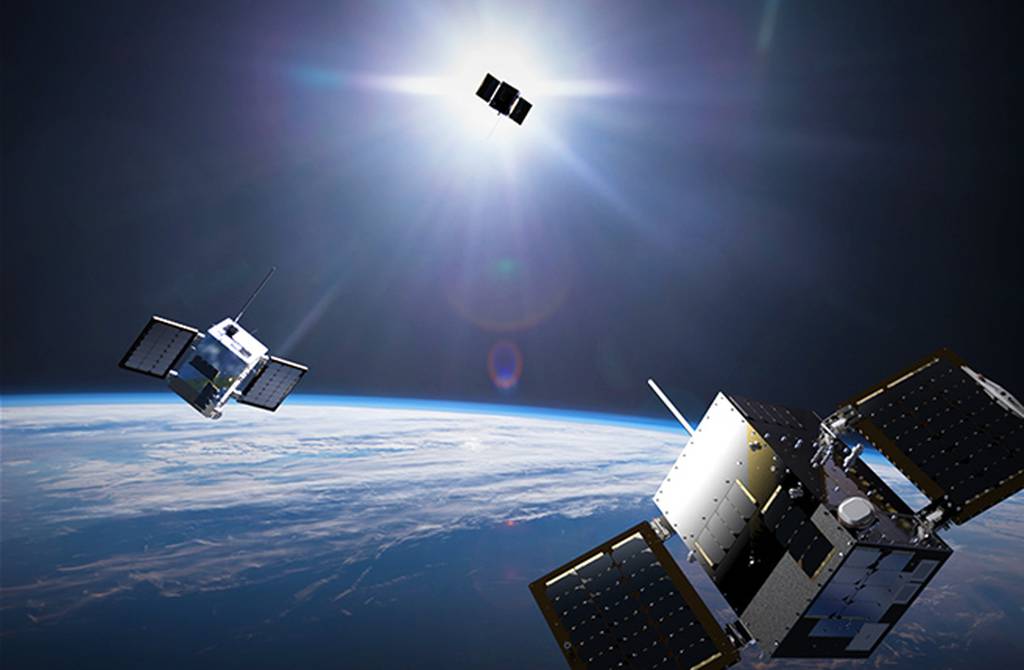WASHINGTON — In the past, intelligence analysts have only had access to classified government satellite data when assessing radio frequency use all over the world. Now, a pilot program with HawkEye 360 is feeding those analysts commercial RF data, potentially opening the floodgates to a torrent of new unclassified data.
“NGA’s analyst community has never had access to commercial RF before. It’s always been in the domain of the government, for them to collect and supply to the analyst,” CEO John Serafini told C4ISRNET. “It’s been highly classified data.”
RF signals play a massive role in the modern world, enabling communications across vast distances without physical connections. With its formation-flying satellites, HawkEye 360 aims to make that invisible world visible. It’s satellites can detect RF emissions all over the world, which can then be used to identify and geolocate the signals’ origins. That level of analysis has a number of applications for the defense and intelligence community, from simply improving maritime domain awareness by detecting ships that have disabled their automatic identification system, to giving war fighters a better understanding of RF activity on the battlefield.
In September, the National Geospatial-Intelligence Agency launched the RF GEOINT Pilot program, importing HawkEye 360′s unclassified data as well as the company’s processed analytics.
One advantage of using the commercial data is that it’s unclassified, making it easier to share with mission and coalition partners.
“That allows the NGA to further strengthen their relationship with allies,” said Serafini. “The end state of our ongoing engagement with NGA is a true analyst appreciation for being able to access a non-classified commercial source of RF that they can use in a remote setting and they can be able to share with their mission partners.”
The pilot program utilizes a 2019 commercial study contract HawkEye 360 signed with the National Reconnaissance Office, the intelligence agency charged with operating the nation’s spy satellites and contracting with companies that provide commercial satellite data. Under that study contract, NRO has access to the RF data collected by the company’s satellite constellation. NRO can facilitate access for other intelligence agencies and partners in the Department of Defense, as has happened with the pilot program.
HawkEye 360 launched its first three formation-flying, RF-sensing satellites in 2018 and recently expanded its constellation with three upgraded satellites in a January SpaceX Falcon 9 launch. More launches are expected later this year.
“We’re going to have a lot of capacity on orbit very shortly, and that capacity is not only helpful from a collection standpoint, but it also allows us to have a much greater revisit rate,” said Serafini. “Right now we’re about every five hours revisit rate globally. Pretty soon we’ll be down to under two hours, and we hope to be close to about an hour of revisit rate by the end of the year.”
Once that full commercial capability is on orbit, the company will be ready to start pursuing service-level agreements for its data and analytics products, said Serafini.
The company is also investing in its ground infrastructure, enabling it to deliver its satellite data to customers faster. Serafini said the company is aiming to get the time from collection to getting data into the hands of customers down to about an hour by the end of the year.
Nathan Strout covers space, unmanned and intelligence systems for C4ISRNET.








